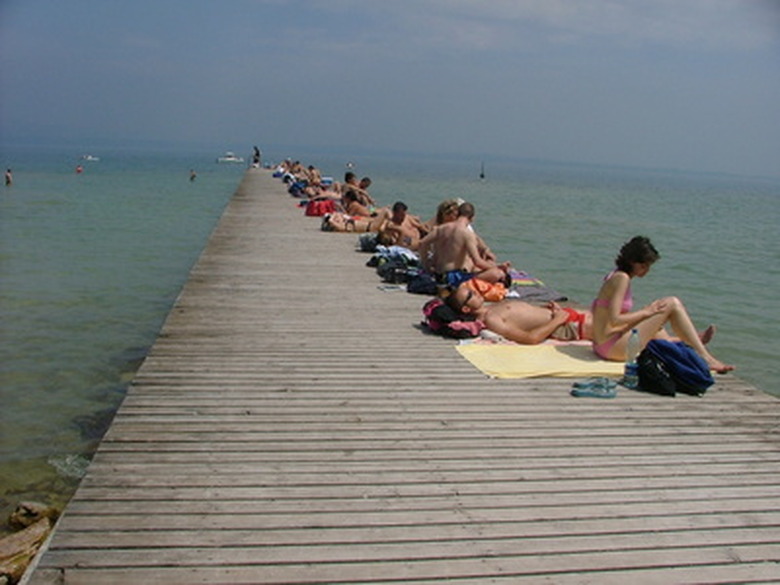How To Explain Relative Humidity To Children
Relative humidity is the quantity of moisture in the air divided by the quantity of moisture that would saturate the air. However, this definition might be too complex for children to comprehend. After defining the concept to the children, explain to them how to calculate relative humidity in easy-to-understand steps.
Step 1
Avoid using technical jargon so as not to confuse the children with the concept. A suitable definition is: Relative humidity is the quantity of water in air compared to the utmost amount of water the air can take in. That value is expressed as a percentage.
Step 2
Advice the children on the quantities required for the calculation. The children need to know the mass of moisture in the air at a particular temperature and the maximum mass the air can hold at the same temperature.One method that you could elaborate is measuring the mass of humid air and subtracting the mass of dry air to determine the amount of moisture in the air. Then measure the mass of saturated air and subtract the mass of dry air as well. Keep in mind that these measurements must be performed at the same temperature.
Step 3
Explain to the children how to calculate relative humidity. The first step is to divide the mass of moisture in the air by the mass of dry air to obtain the mixing ratio. Direct the children to then divide the mass of saturating moisture by the mass of dry air as well.
Step 4
Help the children to divide the mixing ratio of the actual humidity in the air by the mixing ratio of the amount of saturating moisture of the air. Multiply the quotient by 100 to express it as a percentage.
Cite This Article
MLA
Josphine, Alexa. "How To Explain Relative Humidity To Children" sciencing.com, https://www.sciencing.com/explain-relative-humidity-children-8426689/. 24 April 2017.
APA
Josphine, Alexa. (2017, April 24). How To Explain Relative Humidity To Children. sciencing.com. Retrieved from https://www.sciencing.com/explain-relative-humidity-children-8426689/
Chicago
Josphine, Alexa. How To Explain Relative Humidity To Children last modified March 24, 2022. https://www.sciencing.com/explain-relative-humidity-children-8426689/
